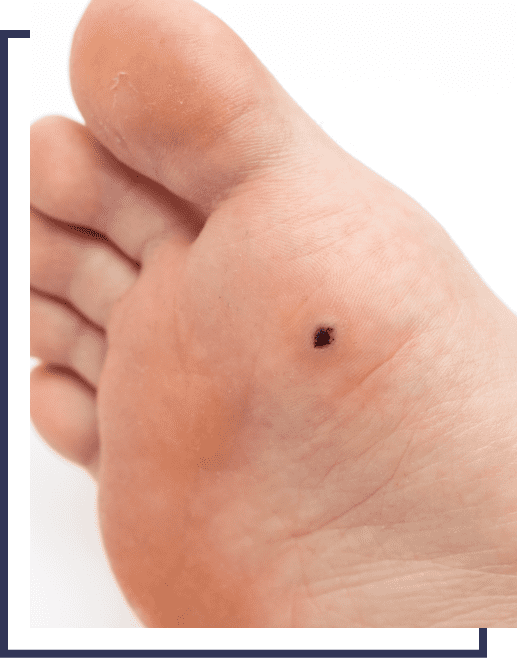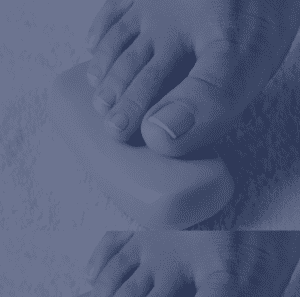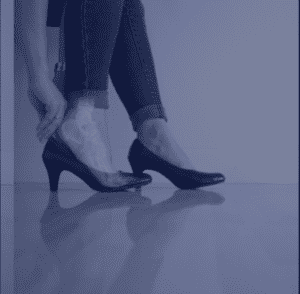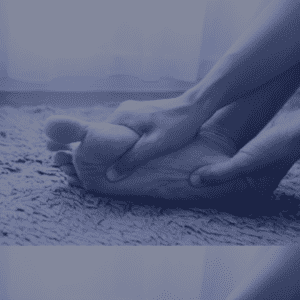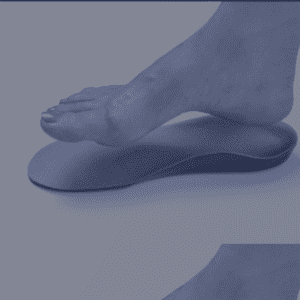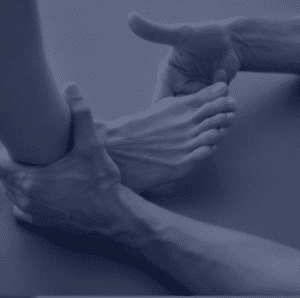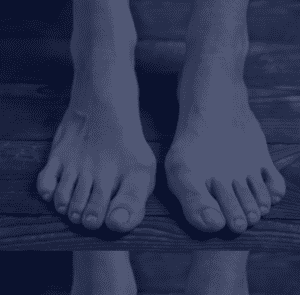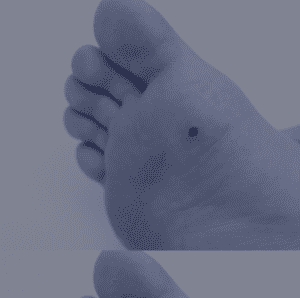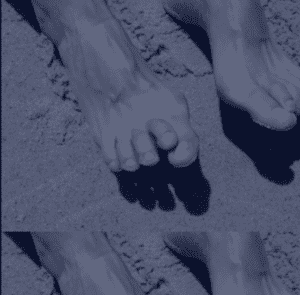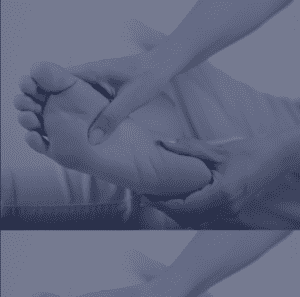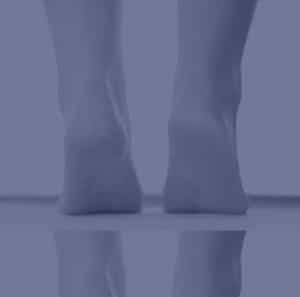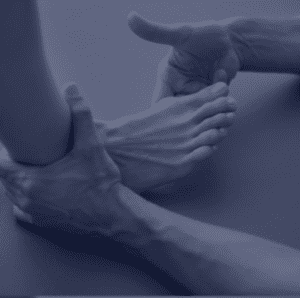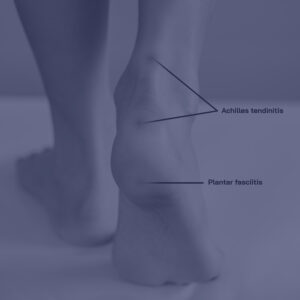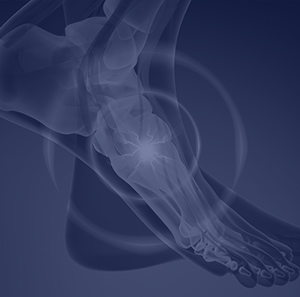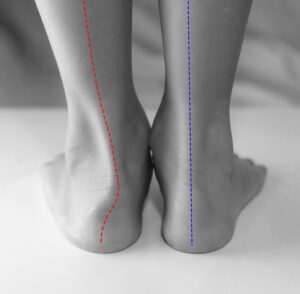about Plantar Warts
Causes
Warts are benign growths that can occur anywhere on the skin. Normally, antibodies in the blood kill the virus. Some people are more susceptible to warts than others mainly because their feet sweat a lot and the virus can be present in shoes. They can spread between family members so it’s important to Lysol the shower to prevent spreading.
A plantar wart is similar in structure to an iceberg, about 1/3 of its size is on the surface of the skin, and the remaining 2/3 is under the skin in the epidermal layer of skin. Warts are very superficial and don’t go deep into the foot, they show small red or black dots, which are the blood supply to the wart. There can be significant pain with hard skin around them. The pain is caused by the wart being pinched when walking.
Wart’s are more common in children than adults.
Our treatment
Treatment
- NON-PAINFUL WARTS — Try to keep the feet as dry as possible, many of these viruses will die within a year or so.
- OTC TREATMENTS — Many times people try acid medication and duck tape generally this doesn’t help much because of the depth of the wart.
- EXCISION OF PAINFUL WART — In this technique, we numb the area of the wart and remove it and use a chemical after removal to ensure the virus is killed. Healing time is short but the area is sore for about a week.
- Plantars Warts Treatment is determined by the patient’s symptoms and pain.
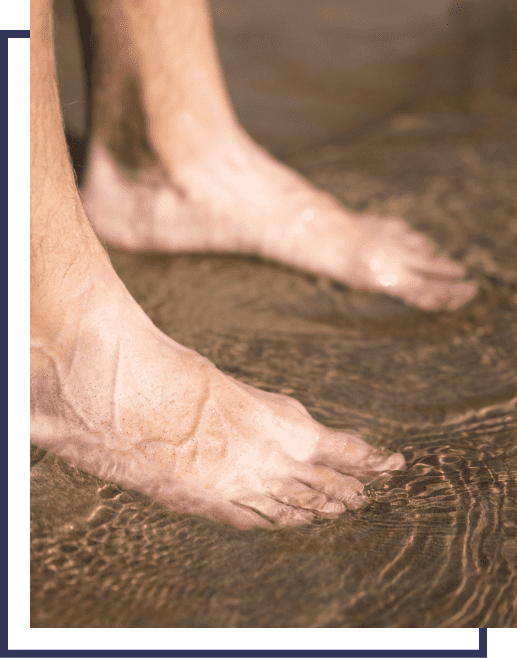
Check this out
Blogs & Info
Meet Emma
Meet Emma, a vibrant 14-year-old with a love for dance. She had always been active, participating in school sports and spending her weekends practicing ballet. However, there was one issue that had been bothering her for quite some time – her sweaty feet.
Emma’s sweaty feet had been a constant source of embarrassment for her. She tried various powders and sprays to keep them dry but to no avail. Her feet were always moist, which created the perfect environment for an unwanted guest – plantar warts.
One day, as Emma was stretching before her ballet practice, she noticed a small, rough bump on the sole of her left foot. At first, she thought it was just a callus from her intense dance routines. But as weeks passed, the bump grew, and the pain became unbearable, especially when she was on her toes during ballet. It has small red dots in the center of the callus.
Worried and in pain, Emma finally showed her parents. Her mother, a nurse, recognized the growth as a plantar wart. They scheduled an appointment with a podiatrist to get a professional opinion and treatment options.
The podiatrist confirmed that it was indeed a plantar wart caused by the human papillomavirus (HPV). Emma’s sweaty feet had likely created a favorable environment for the virus to thrive. The doctor explained that plantar warts are common, but they can be painful, especially when they grow deep into the skin.
Emma was determined to get rid of the painful wart and get back to her beloved dancing. The podiatrist offered several treatment options, including salicylic acid treatments, freezing (cryotherapy), and removal of the painful plantars wart. They decided to have them removed because they were so painful.
With her plantar wart behind her, Emma returned to her ballet class without pain. Emma shows with persistence, sweaty feet and painful plantar warts could be conquered.
Have any Questions?
Plantar Warts
Treatment FAQs
What are plantar warts?
Plantar warts are small growths on the soles of the feet. They can be painful due to their location and pressure on the feet.
What do painful plantar warts feel like?
Painful plantar warts often feel like a sharp or dull ache, especially when walking or standing. They can also feel like a small stone or pebble in your shoe.
How can I tell if I have a plantar wart or a callus?
Plantar warts may have tiny black dots in the center and appear rougher and grainier than calluses. They can also be painful when squeezed from the sides.
What causes plantar warts to be painful?
Plantar warts can be painful because they grow inward into the skin and press on nerve endings. The pressure from walking or standing can exacerbate the pain.
Can I treat painful plantar warts at home?
You can try over-the-counter treatments like salicylic acid or duct tape occlusion therapy for plantar warts. However, if they are painful or persist, it’s advisable to consult a healthcare professional for proper treatment.
What are some medical treatments for painful plantar warts?
Medical treatments for painful plantar warts include cryotherapy (freezing), laser therapy, topical medications prescribed by a doctor, and surgical removal.
How long does it take to treat a painful plantar wart?
The time it takes to treat a painful plantar wart can vary. Some warts may go away with treatment in a few weeks, while others may take several months. It depends on the size, depth, and individual response to treatment.
Are painful plantar warts contagious?
Yes, plantar warts are contagious. They can spread from person to person through direct contact with the virus or by walking barefoot in public places like locker rooms or swimming pools.
Can painful plantar warts go away on their own?
Some painful plantar warts may resolve on their own over time, but it can take a long time, and the pain may persist. Seeking treatment is often recommended to speed up the healing process.

